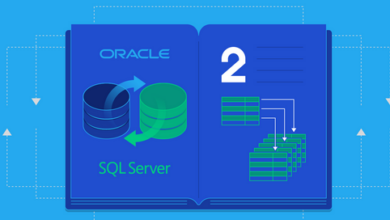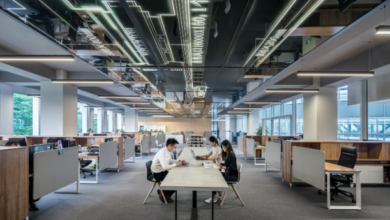The Use of HR Software Can Help Determine and Understand the Needs of Employees
The future of corporate technology appears to be bright. More organisations are realising that technology can enhance their internal processes as new solutions and applications arise. HR management software streamlines and simplifies business operations, allowing organisations to better manage and engage their workers, enhance productivity, and increase profits.
It also supports managers and employers in understanding their workers’ demands. Recent research exemplifies this particular function by employing anonymised data collected from HR software. The study discovered that there have been significant shifts in how employees prioritise their benefits, particularly after COVID-19.
Here, we discuss some of the ways human resources management software can help companies fulfil employees needs with a focus on their changing demands.
How HR Software Can Improve Benefits Administration
Employee benefits administration refers to the process of identifying and administering the benefits provided to a company’s workers. The human resources department is usually in charge of the benefits administration procedure. HR management software can help determine employees’ eligibility for benefits like healthcare, vacations and paid leaves, retirement accounts, and parental and sick leave.
When done manually or with a cumbersome, old HRIS, administering benefits packages can be difficult. The phases constituting this process typically include:
- Determining the worth of existing benefits packages
- Interacting with benefit providers
- Deciding on competitive advantages
- Educating employees about available benefits
- Assisting workers in enrolling in benefits programs, as well as reviewing and updating employee and benefit information
Employees frequently feel understood and valued when a business takes their requirements into account and offers benefits to match those needs. Similarly, job applicants are more inclined to apply and work for a company that offers competitive and relevant benefits.
Modern HR software systems simplify benefits enrollment and its modifications. This makes the tasks more hands-off for internal HR teams, giving workers agency by allowing them to evaluate plans on their own time and make decisions.
Most HRM software also communicates directly to insurers’ websites, allowing information to flow seamlessly across systems when workers make selections. These systems also allow managers to give final approvals on chosen benefit packages.
How Have Employee Needs Changed?
Employee opinions of benefits in the UK altered dramatically in 2021. Enhanced leave, which was ranked eighth most essential in 2018, has now risen to top place. In 2018, workers ranked social media at second place, but it is now down to ninth.
Several workers were compelled to work from home because of the COVID-19 pandemic. Employees increasingly want flexible work hours that allow them to take on extra tasks due to this significant shift. Flexibility in working hours has become increasingly crucial. Conversely, in 2018, when face-to-face interaction was more important, workers preferred social events and vacation packages.
Employees who work from home have the additional burden of managing their schedules and obligations. These professionals are at an all-time-high risk of burnout. The health crisis has particularly affected people’s mental health negatively. Younger members of the labour force between 18 and 30 have had the worst blow from this. Consequently, companies that provide healthcare benefits experience lower absenteeism and increased productivity.
Employees assigned career development to third place in the recent research; meanwhile, it had come in seventh in a 2018 poll. This shift in significance might be attributed to workplace adjustments to remote locations necessitated by the pandemic. Employees recognised a need for their companies to offer this incentive since many found it difficult to transition to remote work.
Companies have begun implementing career development programs that link the organisation’s ongoing training and development initiatives to workers’ professional aspirations. This professional development program is specifically suited to the business’s goals and expectations.
The Bottom Line
Employee needs evolve with changing employment landscapes, and benefits programs should reflect this. For example, as employee demographics change, so should welfare packages. Student loan repayment and paid parental leave are priorities for younger employees, while those in their fifties and sixties want a comfortable retirement and comprehensive healthcare plan.
The trick is to use technologies like HR software to find out what workers need. Companies will be able to offer benefit packages tailored to their employees’ demands if they use these tools.




